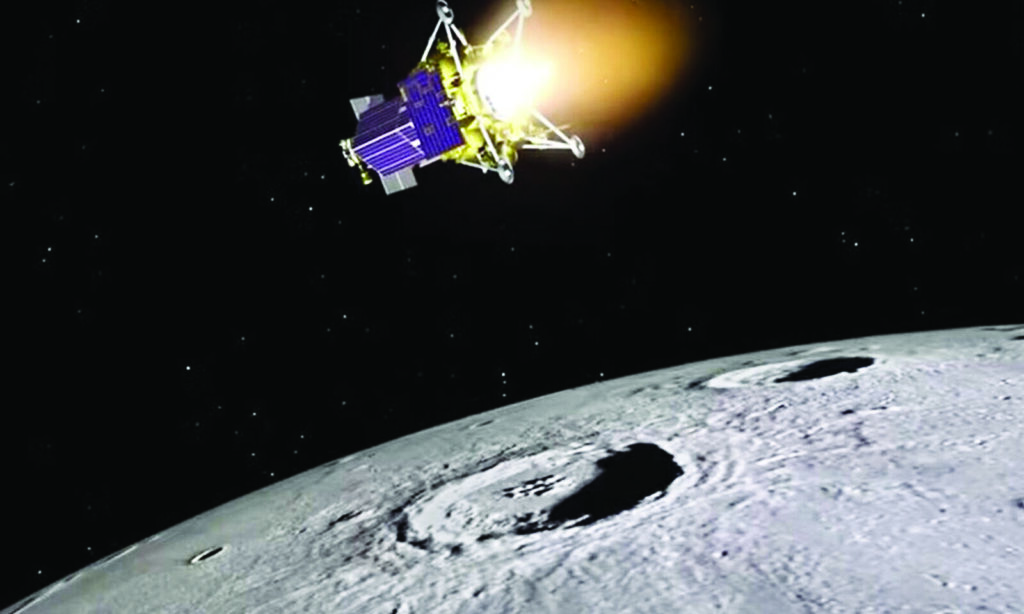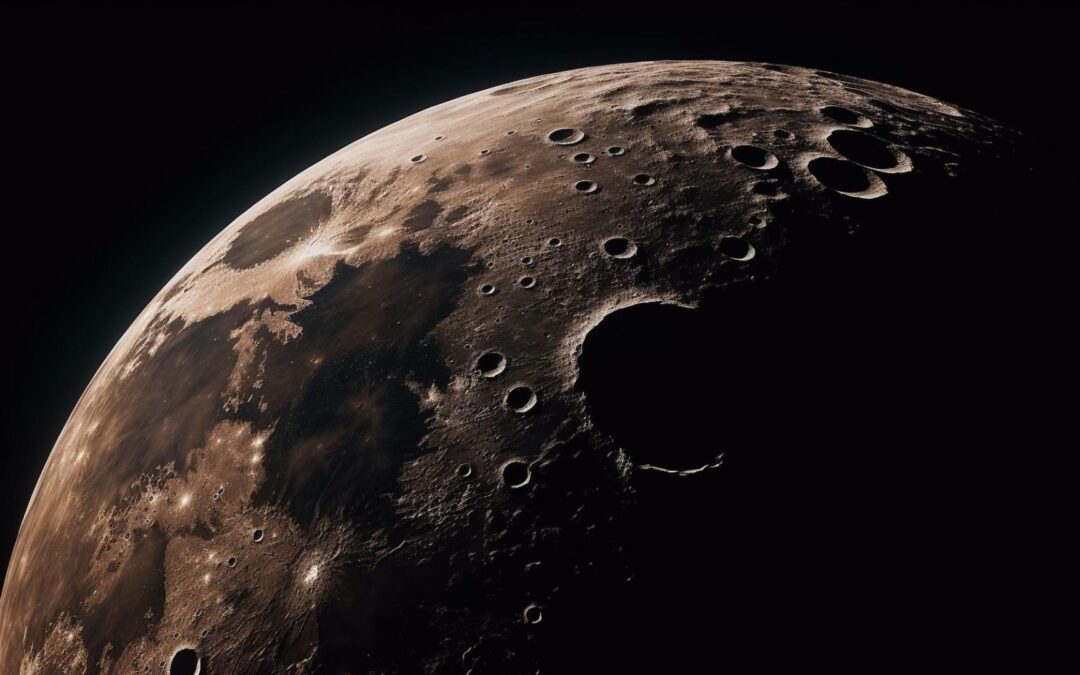According to a recent study, the moon may be far older than previously assumed.
Researchers working on materials obtained by the Apollo 17 astronauts in 1972 conducted an analysis that reveals the moon could be up to 4.46 billion years old, which is 40 million years older than earlier estimations.
The study focused on zircon crystals, which are microscopic trace mineral crystals discovered with a sample of dusty material from the moon’s surface known as regolith. “This study is a testament to the immense technological progress we have made since 1972, when the last manned moon mission returned to Earth,” one of the researchers, Dieter Isheim of Northwestern University, said in a statement. “These samples were brought to Earth half-a-century ago, but only today do we have the necessary tools to perform microanalysis at the requisite level, including atom-probe tomography.”
READ MORE: NASA Reveals Intentions To Construct Homes On The Moon By 2040

The method works by counting individual atoms in a sample to determine which have suffered radioactive decay. Because the time it takes for specific elements to decay is widely understood, researchers can determine the age of a sample by examining the proportions of decayed and undecayed atoms.
READ MORE: NASA Plans To Deploy Three Autonomous Rovers To The Moon
“Radiometric dating works a little bit like an hourglass,” Field Museum principal researcher Philipp Heck stated. “In an hourglass, sand flows from one glass bulb to the next, with the accumulation of sand in the lower bulb indicating the passage of time.” Radiometric dating works in the same way, counting the number of parent atoms and the number of daughter atoms that have been changed. Because the transformation rate is known, the passage of time may be computed.”

The researchers discovered crystals dating back 4.46 billion years, implying that the moon is older than prior estimates of 4.42 billion years, a finding backed by other previous study. The moon is supposed to have created when a massive object the size of Mars collided with the Earth, ejecting a chunk of material that became the moon. This event is regarded to have been significant in the origin of life on Earth since the moon serves to control the climate by stabilizing our planet’s tilt.
Geochemical Perspectives Letters published the findings.
Download The Radiant App To Start Watching!
Web: Watch Now
LGTV™: Download
ROKU™: Download
XBox™: Download
Samsung TV™: Download
Amazon Fire TV™: Download
Android TV™: Download

